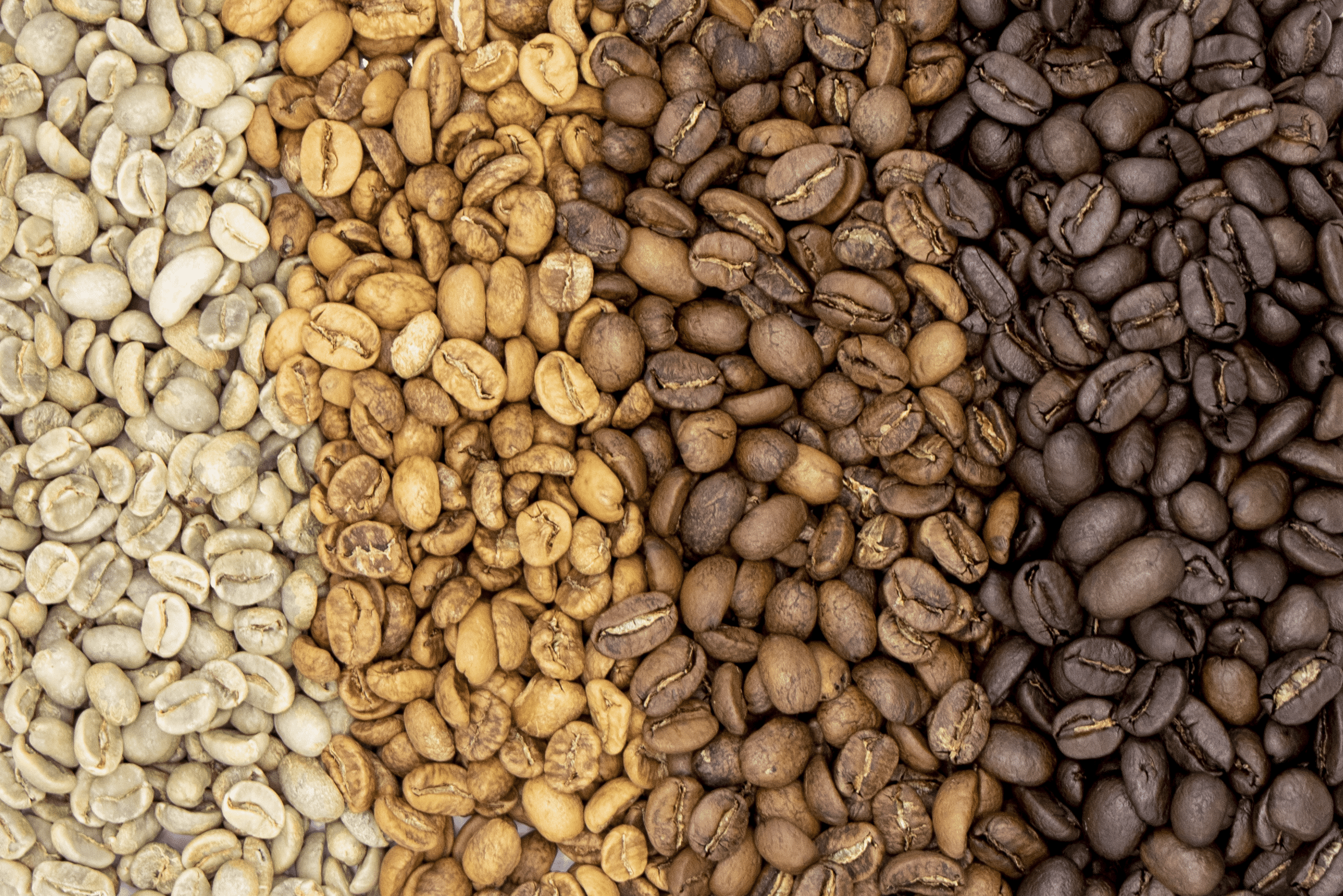How coffee is roasted

The coffee beans are roasted before grinding. Grinding without roasting makes no sense, since a drink from such a mixture will not have the usual taste and aroma. Roasting allows you to highlight the specific flavor characteristics of each type of coffee and reveal its unique flavor profile.
While any coffee connoisseur can purchase green coffee for roasting and experiment with the degree of roasting of the beans in the oven, commercial coffee producers use other roasting methods. Below we will talk about the three most common
Drum roasting
In drum roasting, green coffee beans are placed in a rotating drum over a heat source, ensuring even heat is applied to the beans. This method allows for precise control of roasting temperature and time, influencing flavor development. Drum roasting is widely used for specialty coffee because it provides consistency and the ability to highlight specific flavor characteristics.
Hot Air or Fluid Bed Roasting
Hot air roasting involves suspending the coffee beans in a stream of hot air – the beans float on a cushion of hot air, allowing for rapid and consistent heat transfer alternatively forming a hot air bed,thus getting them roasted evenly. This method is known for producing bright, acidic coffee. Fluid bed roasters are often favored for their ability to highlight the unique characteristics of certain coffees.
Centrifugal roasting
Centrifugal force is used to roast coffee beans by placing the beans in a rotating drum and applying heat as the drum rotates. The grains are constantly moving, receiving equal portions of heat. While not as common as drum roasting, centrifugal roasters offer a unique approach to achieving consistent, controlled roasting.
Factors such as roast temperature, duration, and roast level (light, medium, dark) further complicate the final drink. Roasters often experiment to create unique blends and highlight the distinctive qualities of coffee beans from different regions.
Leave a Reply
You must be logged in to post a comment.